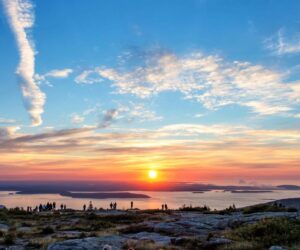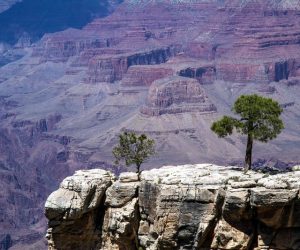Since 1978 the United Nations Educational, Scientific and Cultural Organisation – UNESCO has been designating important sites worldwide, places that are of outstanding universal value – cultural or natural value – to humanity. The World Heritage List currently includes 1007 diverse and unique places in 161 countries around the world.
The United States is home to 22 UNESCO World Heritage Sites. We have selected ten of the most beautiful sites that are recognized for their outstanding natural value, attracting the admiration and merit the protection of people worldwide.
Everglades National Park
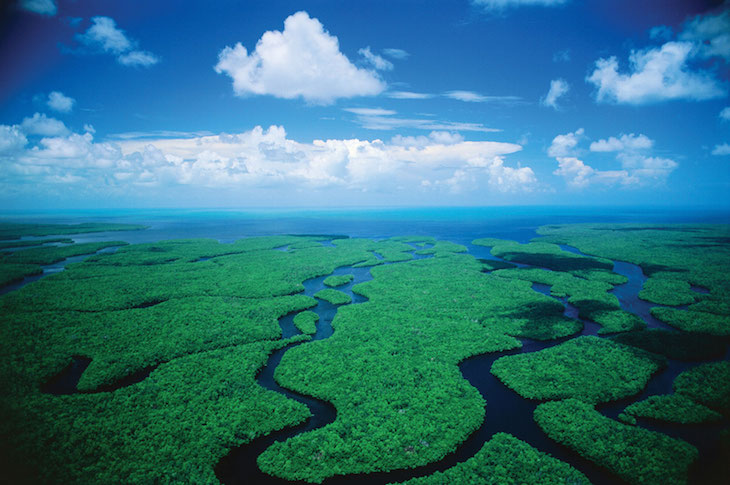
Photograph via www.britannica.com
Located on the southern tip of the Florida Peninsula, Everglades National Park is the largest tropical wilderness in the United States. It has been called ‘a river of grass flowing imperceptibly from the hinterland into the sea’. The park supports a high diversity of flora and fauna including 800 species of vertebrates (land and water), 400 bird species, nearly 280 species of fish and many reptiles, insects and amphibians.
Grand Canyon National Park
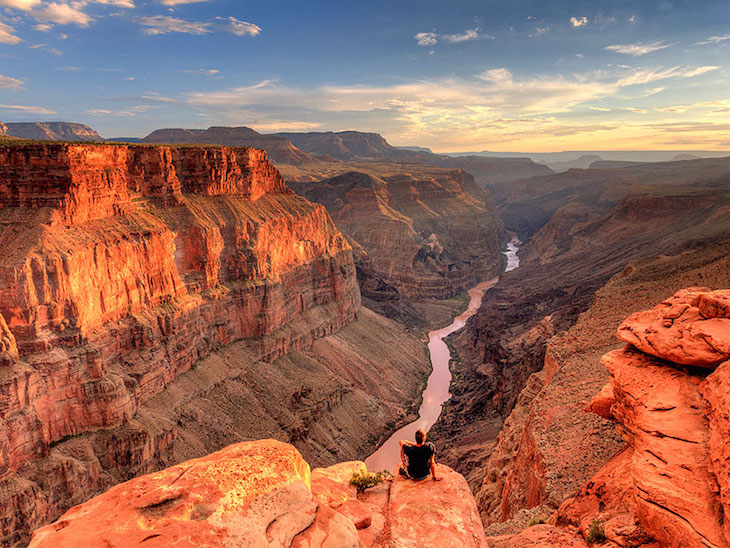
Photograph via www.people.com
Grand Canyon is without a doubt the most spectacular gorge in the world. The Colorado River carves its way through the rock at a 1.5 km depth. The width of the gorge varies between 200m and 30 km and its horizontal strata span the geological history of the past 2000 million years. There are more than 2600 prehistoric ruins and many fossils have been found including early plants, early reptiles and mammals.
Great Smoky Mountains National Park
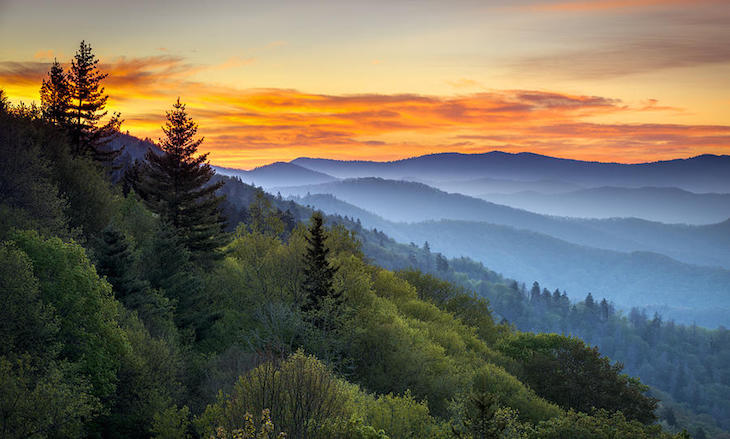
Photograph via www.sasquatchchronicles.com
The mountains were named after the natural phenomenon, when fog covers the area especially in mornings or after rainfall. Laying over 2000 square kilometres this awe inspiring forest is the most important natural area of Eastern US. It is home to many endangered species and 130 tree species which equals to the total number of Europe’s trees. There relatively untouched park has 16 high peaks reaching over 1800 meters.
Yosemite National Park
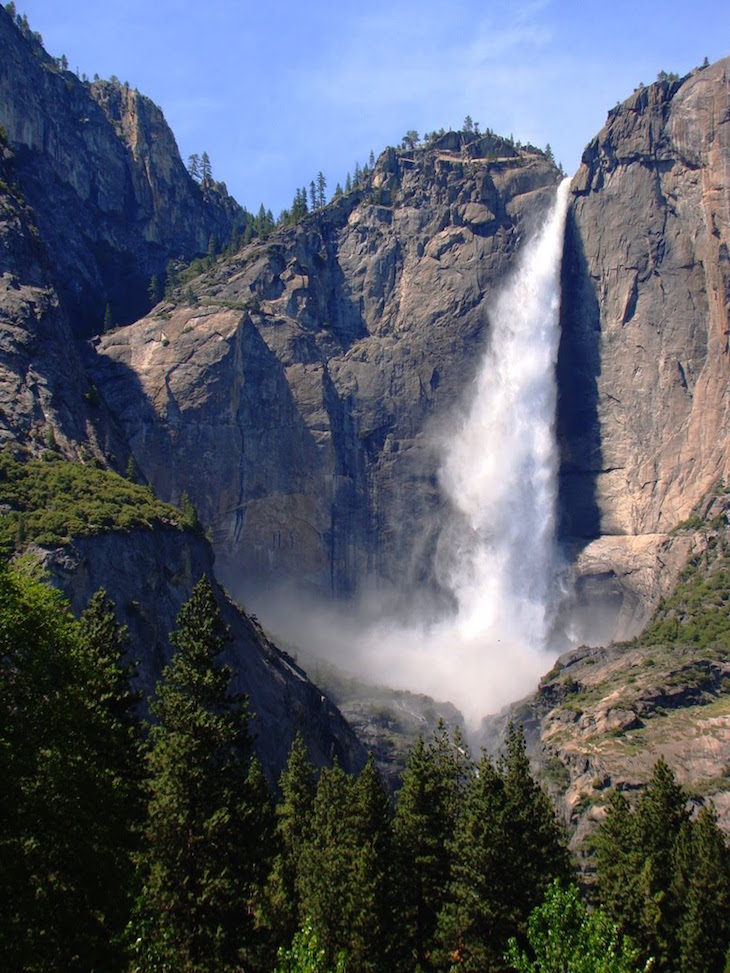
Photograph via geotripper.blogspot.com
The scenic beauty of Yosemite National Park is truly outstanding including the fascinating El Capitan rock formation, hanging valleys, moraines, lakes and waterfalls. The elevation ranges between 600 meters and 4000 meters giving home to a great variety of flora and fauna. Besides the natural beauty, the park is noted for its cultural importance due to its archeological features.
Yellowstone National Park

Photograph via travel.nationalgeographic.com
Stretching over 9000 square kilometres, Yellowstone was established in 1872 as America’s first national park. The average elevation of 2000 meters with mountains rising to 4000 meters. The great elevations difference produces a range of plant communities. The park holds half of the geothermal features of the world such as fumaroles, geysers, lava formations, hot springs, lakes, canyons and waterfalls. Rare species like grizzly bear, elk and native fish can also be found here.
Mammoth Cave National Park
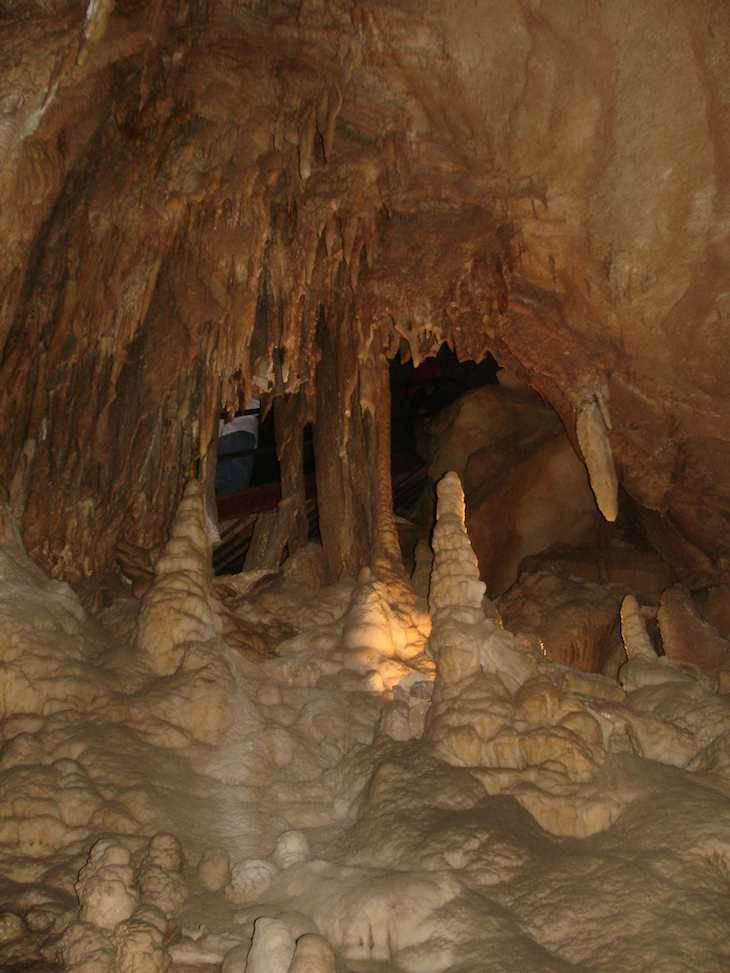
Photograph via wikimedia.org
As the world’s longest known cave system with its vast chambers and complex labyrinths have surely earned its name – Mammoth. Located in Kentucky State it is the most diverse cave ecosystem in the world with more than 400 miles explored. The cave system is is home to over 200 indigenous species and over 40 species that have adapted to the dark world such as cave fish that do not grow eyes.
Olympic National Park
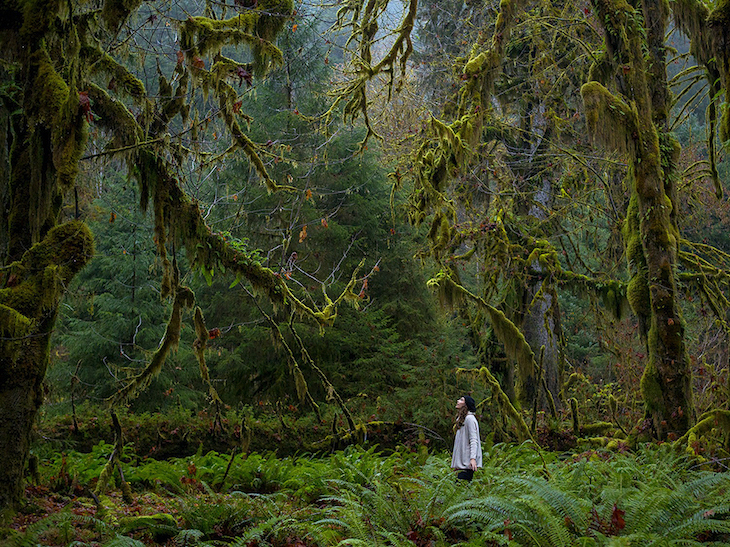
Photograph via travel.nationalgeographic.com
Located in the state of Washington, in the Olympic Peninsula, Olympic National Park is renowned for its diverse ecosystems. The area boasts in glacier-clad peaks, alpine areas and extensive temperate rainforests dominated by conifers. It also provides habitat for many species like the Roosevelt elk, black bear, black-tailed deer, cougars and mountain goats. The latter was accidentally introduced to the park in the 1920s and now, oddly they are the main danger to the integrity of the site.
Carlsbad Caverns National Park

Photograph via travel.nationalgeographic.com
Carlsbad Caverns National Park is located in New Mexico in the Guadalupe Mountains. The park’s most famous geologic features are the 120 limestone caves that were dissolved by very aggressive sulphuric acid. It is a unique process since other caves in the world are carved out by running water and streams. The caves are home to migratory bat species, fungi and bacteria that are of particular scientific and medical interest.
Glacier National Park
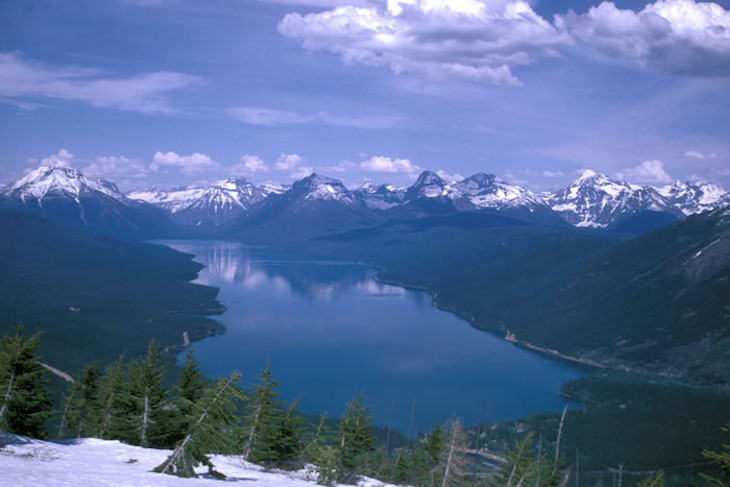
Photograph via usquarters.org
Located in Montana, Glacier National Park was joined with Waterton Lakes Park in Alberta, Canada in 1932 forming the world’s first International Peace Park ever since. The two neighbouring parks are exceptional example of cooperation to protect their shared ecosystem. The park’s pristine forests, alpine meadows, rugged mountains, spectacular lakes and over 700 miles of trails attract adventurous visitors all year around. It is also home to a large variety of birds, reptiles and predators such as grey wolves, grizzly, cougars, lynx, fox coyotes and wolverines.
Redwood National Park
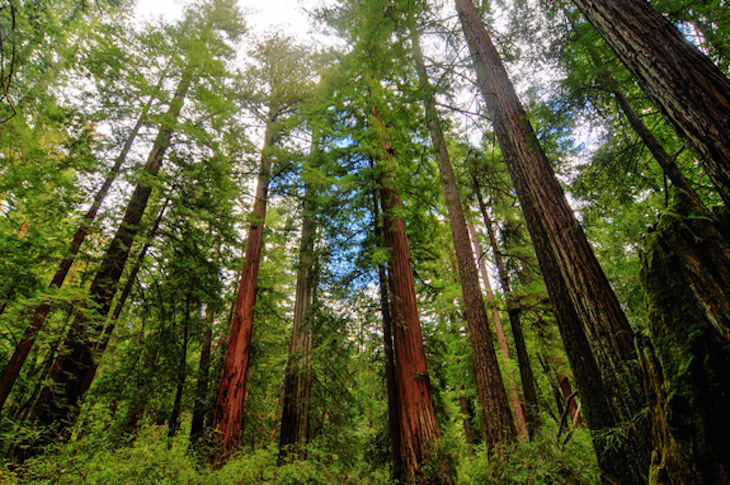
Photograph via www.livescience.com
Redwood National Park, located in Oregon was established specifically to protect the tallest and most impressive trees in the world, the redwood trees. This coastal mountain region provides ideal climate for these trees, that are descendants of the giant evergreen from the times of the dinosaurs. They take 400 years to mature and some of them are over 2000 years old. The national park is equally important for marine life as well, it is home to sea lions and the endangered California brown pelican.

